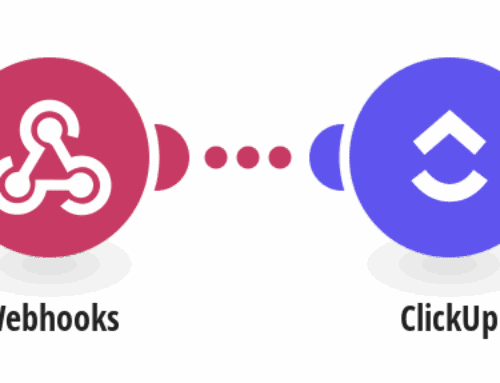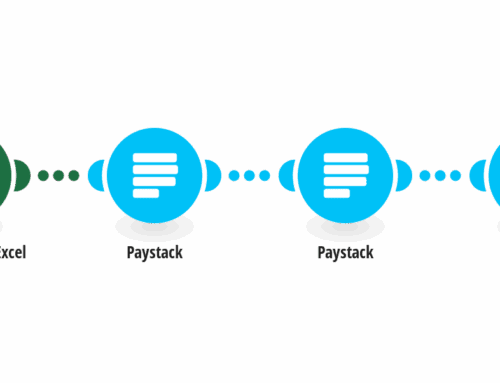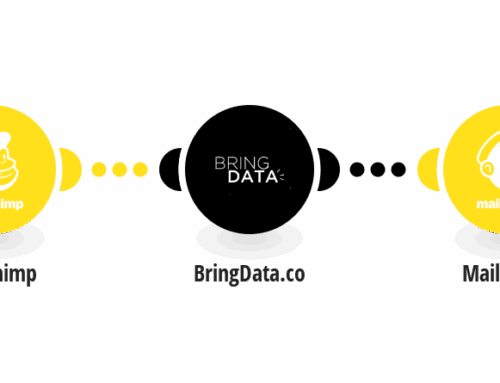Google has announced that it will make new changes on how Chrome will label both HTTP and HTTPS sites in the coming future.
In fact, the plans are set to be executed on September 2018, where Google will eliminate the ‘Secure’ wording normally seen in HTTPS schemes; one that was an essential part of Chrome version 69.
Moreover, in July 2018, a change will be done in Chrome version 68, where Chrome will begin marking every HTTP sites as ‘not secure.’
What’s more, in October 2018, Chrome version 70 will begin to show the red ‘not secure’ warning whenever users key in data with regard to HTTP pages.
From HTTP to HTTPS
Google initially stated that HTTP usage was initially too high to mark every HTTP page with a firm red warning.
Now, the pendulum has confidently swung to HTTPS.
In fact, Google has been trying to get users to move away from unencrypted websites for years, but this will prove to be the most forceful nudge if successful.
This is not the first time Google has taken a firm step against unsecure websites. From 2015, Google began down-ranking a number of the unencrypted sites, and the following year, the Chrome team issued a similar warning for any unencrypted password fields.
The Chrome team further stated that their announcement was geared to handling the sudden increase in HTTPS adoption.
The Digital Revolution
In fact, a whopping eighty-one of the top 100 websites on the internet are defaulted to HTTPS, not to mention that a strong majority of Chrome traffic is actually encrypted.
That being said, based on the steady rate at which websites have been migrating from HTTP to HTTPS, the company is confident that by July, the balance will be tipped in the secure favor, so much so that they can confidently begin to mark all HTTP sites.
Great Benefits
The benefits of HTTPS encryption is endless. For starters, it offer protection for the channel that is present between the browser that you are using and the website that you are landing on.
This ensures that no unwanted, or unknown middle party can tamper with the traffic, or siphon information on exactly what you are doing.
In fact, without the said encryption, someone could easily have access to the ISP or router, and thus, intercept information relayed between websites, and ultimately inject malware into the channel, or some other unwanted pages.
HTTPS has also made it much easier for implementation through automated services such as Let’s Encrypt, hence giving sites even less of an excuse not to adopt it. In fact, Google even encourages website owners to utilize its own Lighthouse tool, which compiles of tools required for migrating a website from HTTP to HTTPS
That being said, if you’d like to know about the upcoming HTTP and HTTPS changes, contact 4Spot Marketing today. You can email us at Info@4SpotMarketing.com or call us at 702-721-9763. We offer a free consultation to determine what approach will serve your company best.










